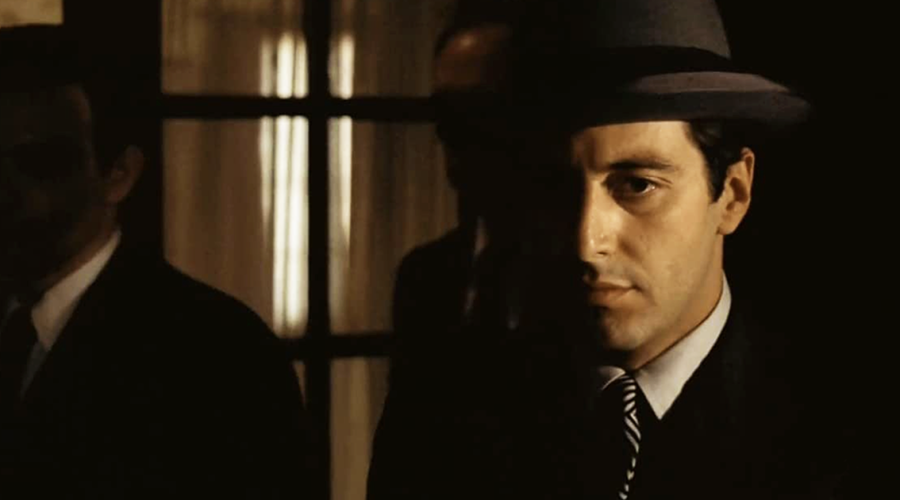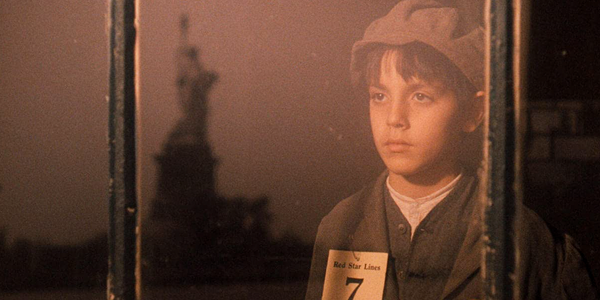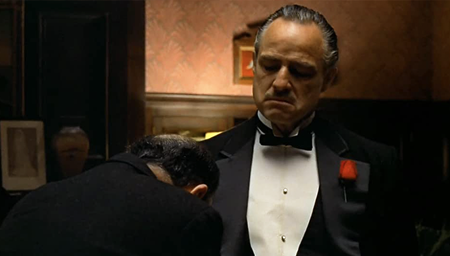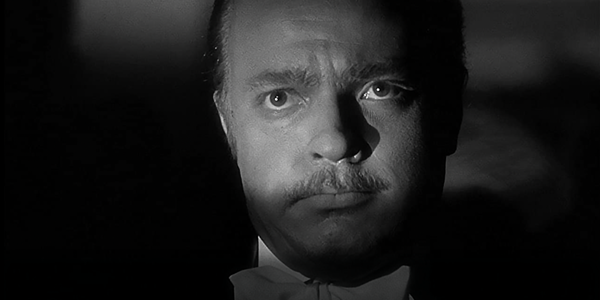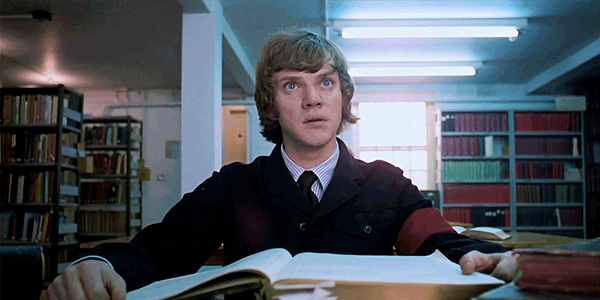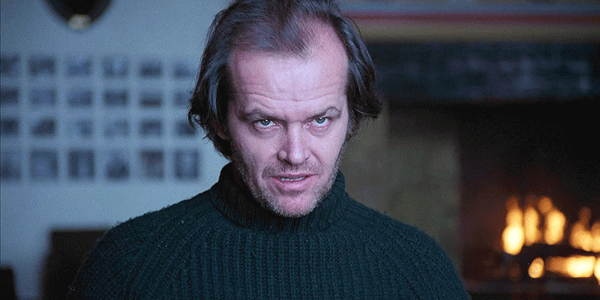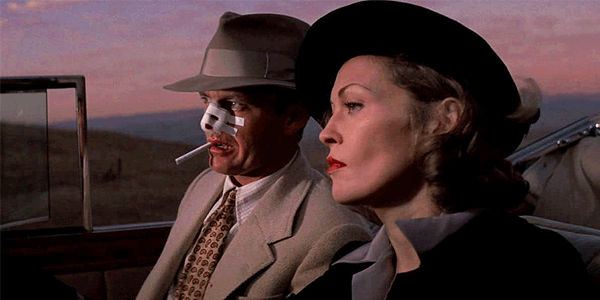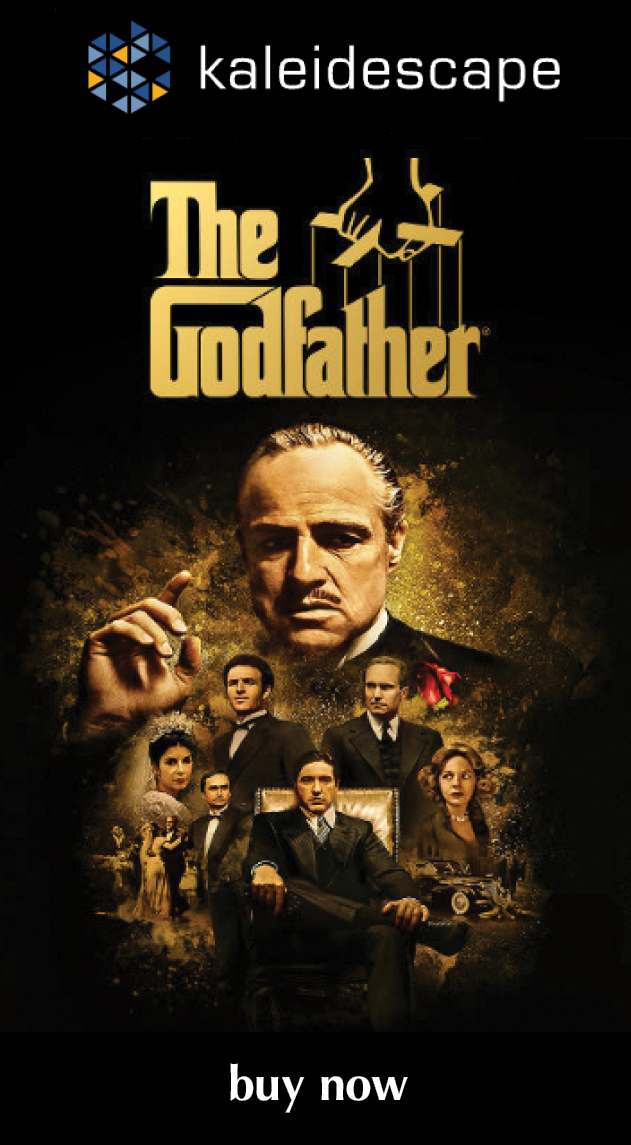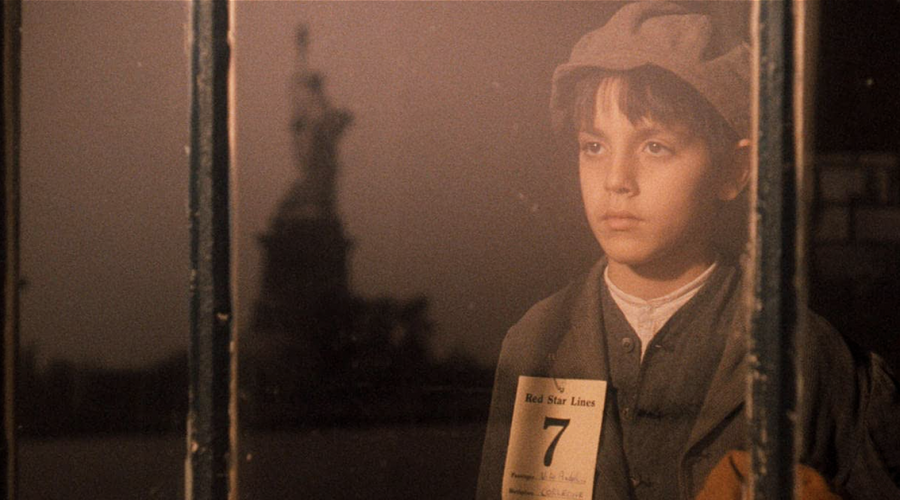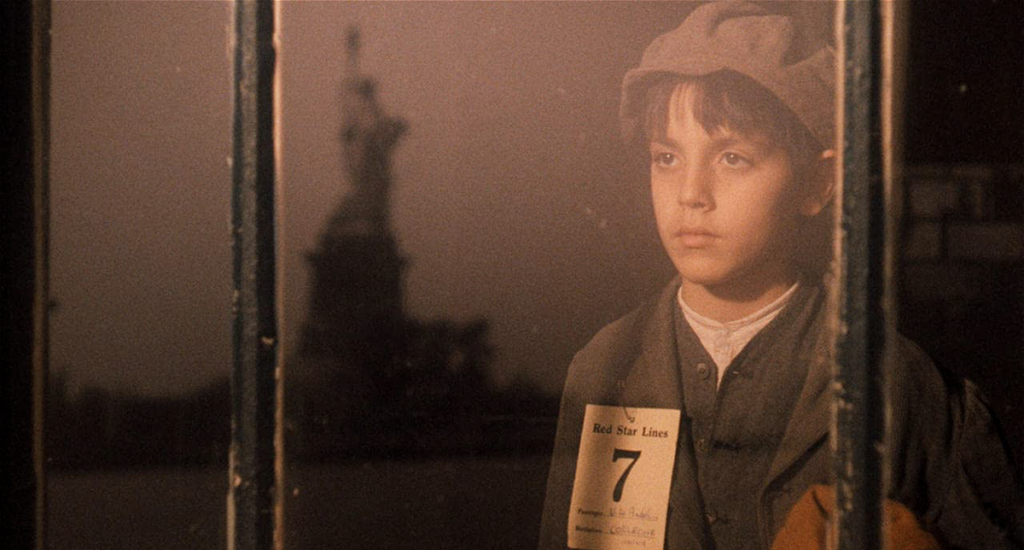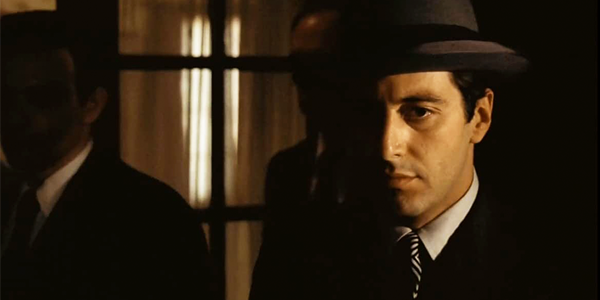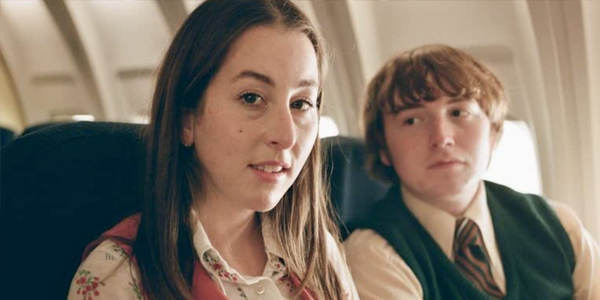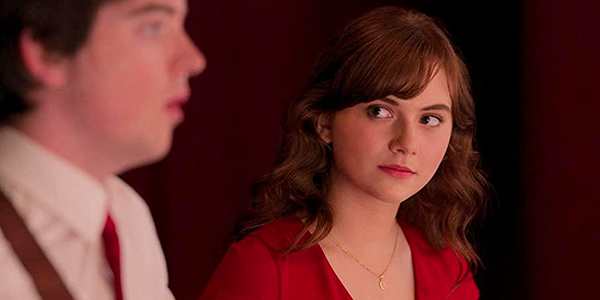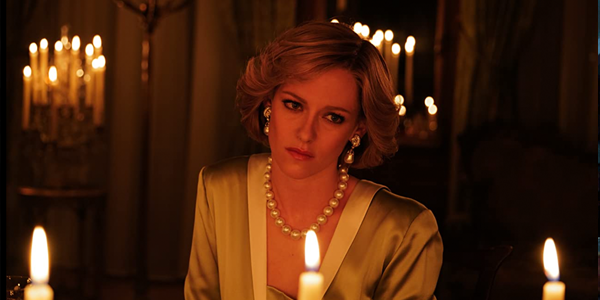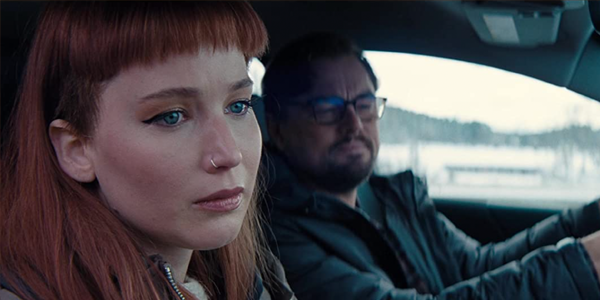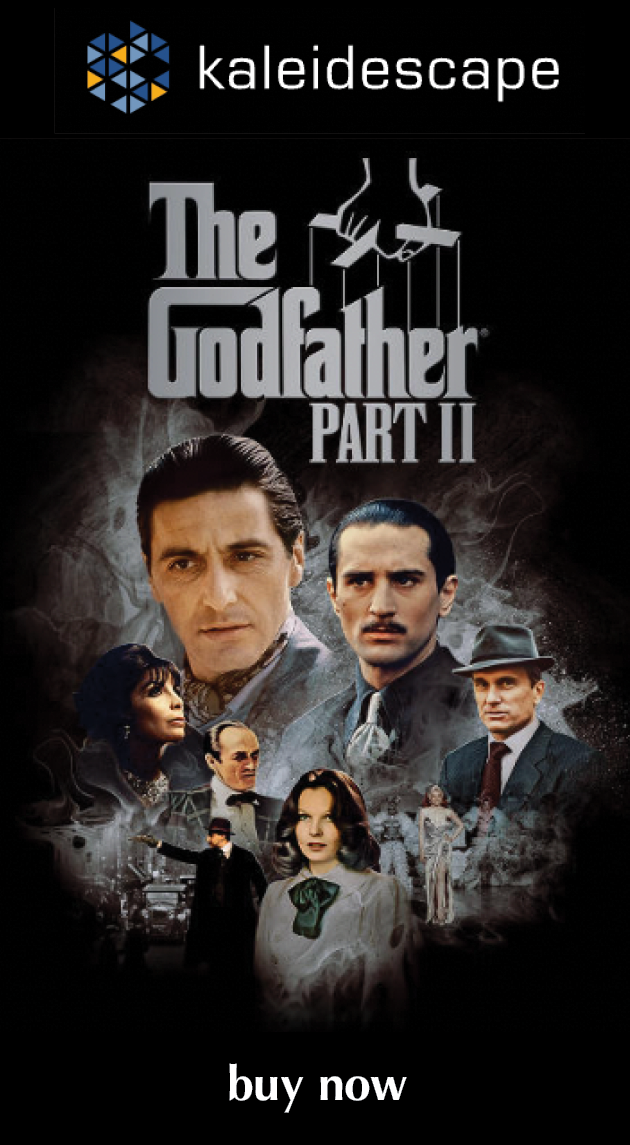Review: The Godfather
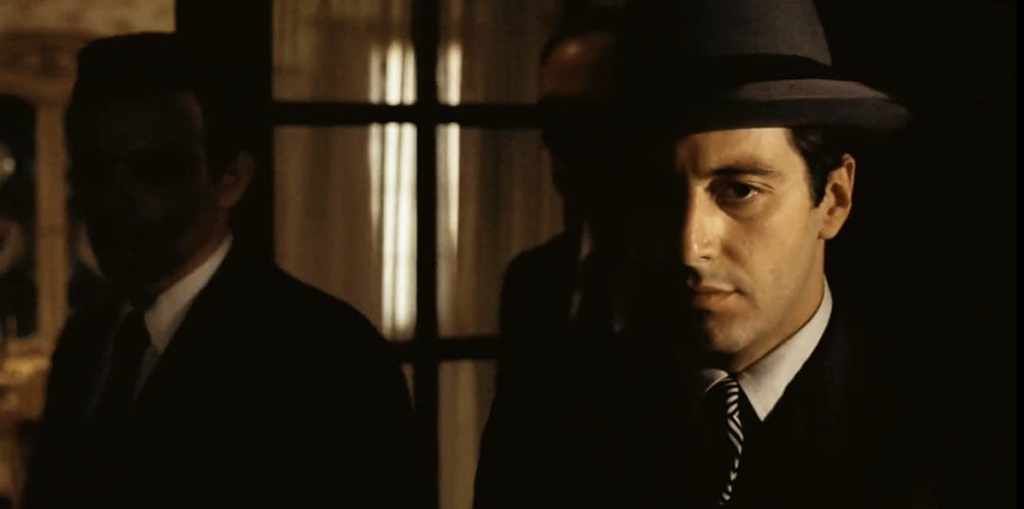
review | The Godfather
The 4K treatment of this cinematic landmark can seem stunning—until you watch the new transfer of Part II
by Michael Gaughn
April 1, 2022
I was all prepared to write a review that boiled down to: Yes, there are problems—maybe a lot of problems—with The Godfather in 4K, but it’s ultimately worth watching because it wipes away the memory of all previous home releases, allowing you to reconnect with the film anew. But then I watched The Godfather Part II in 4K. And I realized I’d been had. I’m a little ashamed to admit that had I not watched the sequel before I wrote this, you would be reading a completely different review—one I would have had to repent for later.*
I’m going to be stepping onto Dennis Burger’s turf a little here, but that’s unavoidable. And, unlike with most any other two movies out there, I don’t think it’s unfair to review the first Godfather film in the context of Part II because it’s extremely likely vast numbers of people will watch both of these films in 4K, possibly back to back, and will end up having an experience somewhat similar to mine, although they might not reach the same conclusions.
It all comes down to this: The Godfather Part II looks like the film Gordon Willis shot and that Paramount presented in 1974. The transfer is visually consistent throughout, whatever tweaks were made to the images are judiciously subtle, and there’s a constant flow of organic grain that gives it an appropriate analog energy and warmth. The first Godfather, though, is all over the map visually, with HDR accentuating the flaws of the not infrequent patches of compromised footage and with a lot of heavy-handed digital manipulation scrubbing away far too much of that gorgeous, essential grain. Yes, it does sometimes feel like you can reach into the frame, but that’s not the movie Willis lensed. The 4K transfer can be dazzling when you first experience it—I readily admit I fell for it like a brick—but it’s ultimately just a kind of gimmick that couldn’t run more counter to the gritty elegance that helped define the original film.
Reviewers rarely find themselves in this position—a double-edged one that puts their necks way out there because it allows them to be held so easily accountable—but feel free to take any of the examples below from the first film and compare them to how similar material was handled in the transfer of the second. I just don’t see how anyone could argue that The Godfather transfer is the more faithful presentation of the two. And, beyond that, I don’t see how anyone could find the overall experience of The Godfather in 4K superior to the experience of Part II in the same format—unless, of course, you just never much liked Part II.
Let me cite a few things, then try to pull the threads together.
The first moment that got my attention and that, in retrospect, felt off, was early in the opening scene when it cuts to a medium shot of The Godfather sitting behind his desk. Everything until then had looked OK, but that shot had the video-like sheen that always sends my antennae shooting out a mile whenever I’m watching something in HDR. Fortunately, there are few instances that egregious in the rest of the transfer, but it was the first strong signal that this presentation might not adhere closely to either the letter or the spirit of the movie.
A more frequent problem was that, once you decide to start cleaning and enhancing shots, you inevitably expose and accentuate the flaws in the most compromised footage, which can seriously disrupt the experience of watching the film. It’s not news that many of the outdoor shots during the wedding sequence have never synced up well visually. All of that is only hammered home here. Similarly, the reliance on stock footage was beginning to die off at the time The Godfather was released, but audiences were still willing to buy into the illusion. But all of the too crisp, too vivid original footage to either side of the stock stuff here makes the use of the latter seem inept. The shot under the el, which has always been borderline, goes full-bore late-period Monet in this transfer, in a way that would make an uninitiated viewer question the filmmakers’ competence.
Then there are the seriously crushed blacks—not consistently but often enough to stick out sorely. All of which is ironic for a film that’s legendary for its chiaroscuro style. Two easy-to-spot examples: When the Don is getting ready to leave the Genco offices with Fredo, right before he’s gunned down in the street, and the tighter shot on the black car that stops in front of the hospital while Michael and Enzo stand at the foot of the stairs. Instead of having the sense of someone lurking in the back seat, you get a glimpse into an impenetrable void.
My biggest slice of beef, though, is reserved exactly for the shots that look most stunning. With almost all trace of the grain banished, they’re pristine, vivid, and yes, like you can reach into them—but that’s not the movie that captured the public imagination back in 1972 and influenced practically every film made since. You won’t find anything like that in Part II—not because some of the footage couldn’t have been distorted that way but because whoever handled that transfer decided not to go there. The scene in the first film where Michael finds out his father has been left unprotected at the hospital loses much of its tension because, without the constant low simmer grain provides, the shots of the empty corridors just look impressive, not menacing.
I doubt any of my arguments will sway anyone in the “Look—pretty!” crowd that sees anything that’s been given an HDR buff and shine as an improvement, but chances are they’re just watching Godfather the conformist shibboleth—the something-to-have-on-in-the-background that cable’s AMC has managed to marathon into the ground—rather than the movie itself. All I can say is that they don’t know what they’re seeing, therefore, they can’t know what they’re missing.
Look: 4K will always be a very mixed blessing. When done right, it can result in transfers like The Shining, A Clockwork Orange, and The Godfather Part II that honor the films they’re meant to serve. But then there are Jabberwocks like Citizen Kane and The Godfather, disjointed experiences that take you someplace other than where the filmmakers wanted you to go. Watching The Godfather in 4K HDR can be an enjoyable, even edifying, experience, but you have to understand and make allowances for what’s feeding what you’re seeing. The Godfather Part II, though, is pure viewing pleasure, something you can surrender to utterly without ever once having your critical brain get in the way.
*This is, for me, a very unorthodox review because it focuses, from start to finish, on the transfer of the film. Traditionally there would also be some commentary on the film itself, its cultural or historical context, etc.—which, in most reviews, adds up to little more than obligatory throat-clearing. Here, it’s actually important—but not as important as telling the tale of two transfers. Which is why I’ve shuttled my comments on the movie itself to a separate column.
Michael Gaughn—The Absolute Sound, The Perfect Vision, Wideband, Stereo Review, Sound & Vision, The Rayva Roundtable, marketing, product design, some theater designs, a couple TV shows, some commercials, and now this.
© 2025 Cineluxe LLC
